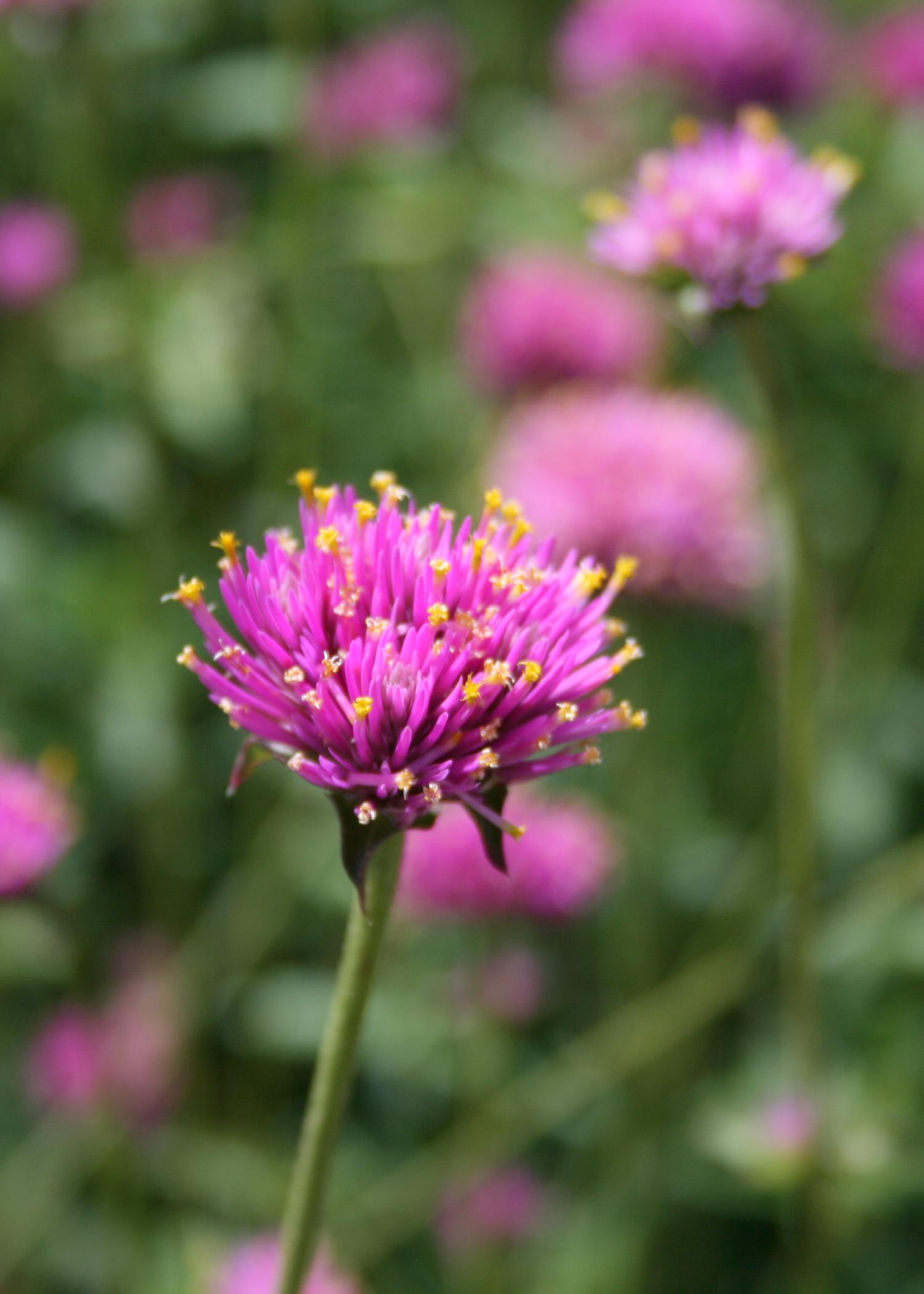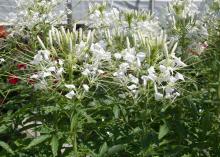Information Possibly Outdated
The information presented on this page was originally released on June 23, 2014. It may not be outdated, but please search our site for more current information. If you plan to quote or reference this information in a publication, please check with the Extension specialist or author before proceeding.
Flowers explode for July 4th displays
Most people I know like to celebrate our nation’s birthday with fireworks, and gardening and fireworks have something in common.
When the Chinese invented fireworks, they gave the individual shells the names of the showy flowers they resembled after exploding in the sky. One of the most common fireworks is an expanding circle of stars and is called a peony. Others have much larger expanding rings of stars and are called dahlia. When long trailing streaks are added, the firework becomes a chrysanthemum.
As beautiful as fireworks are in the sky, we still need colorful flowers in our summer gardens and landscapes. Consider growing a couple with names reminiscent of Fourth of July pyrotechnics.
Fireworks gomphrena is a two-time Mississippi Medallion winner. This is a large plant that can reach 4 feet tall. The iridescent pink bracts feature yellow stamens resembling tiny firecrackers exploding.
Known botanically as Gomphrena globosa, Fireworks will bloom from spring until frost. These plants also have relatively few pest problems and perform well in the garden. All Around Purple gomphrena was chosen as a Mississippi Medallion winner in 2008. This plant reaches 2 feet tall, and its purple flowers attract loads of butterflies all summer long.
Be sure to plant in the full sun, as high light produces the best flowering show. The other requirement is a planting soil that is well drained. Once established, it is a good choice for the periods of hot and dry weather we are sure to have every summer. If we get into an extended dry period, apply some supplemental irrigation.
Another plant that reminds me of the fireworks season is Sparkler cleome. The spidery pistils and stamens resemble bright, long streamers bursting across the night sky.
Sparkler cleome is available in white, pink and lavender. Sparkler Blush cleome was selected as an All-America Selections winner in 2002. These plants also have a bushy growth habit and will grow to about 36 inches tall. Sparkler has the potential to reseed, but subsequent generations will likely resemble one of the breeding parents.
Cleome plants are great choices for our Mississippi summer gardens, as they are strictly warm-weather flowers. It’s not too late to plant them if you find nice-looking transplants in your local garden center.
The planting site should be in full sun at least part of the day. Be sure the landscape soil is well amended and has good drainage. As with any summer planting bed, don’t forget to mulch after transplanting. Cleomes are tolerant of droughty weather once the root system gets established, but they will need supplemental watering during extended dry periods. Fertilize at planting and again about mid-summer using a slow-release fertilizer.
Cleomes make great combination partners in the sunny mixed landscape. Plant towards the back and don’t crowd the plants together. Once the cleome start to grow out, the flower heads can cause the branches to arch, but resist the urge to stake the taller varieties. The gentlest breeze can cause the arching branches to sway, adding movement to landscape.
While you are oohing and aahing this Fourth of July, look for the sky flowers. Happy birthday, America!









